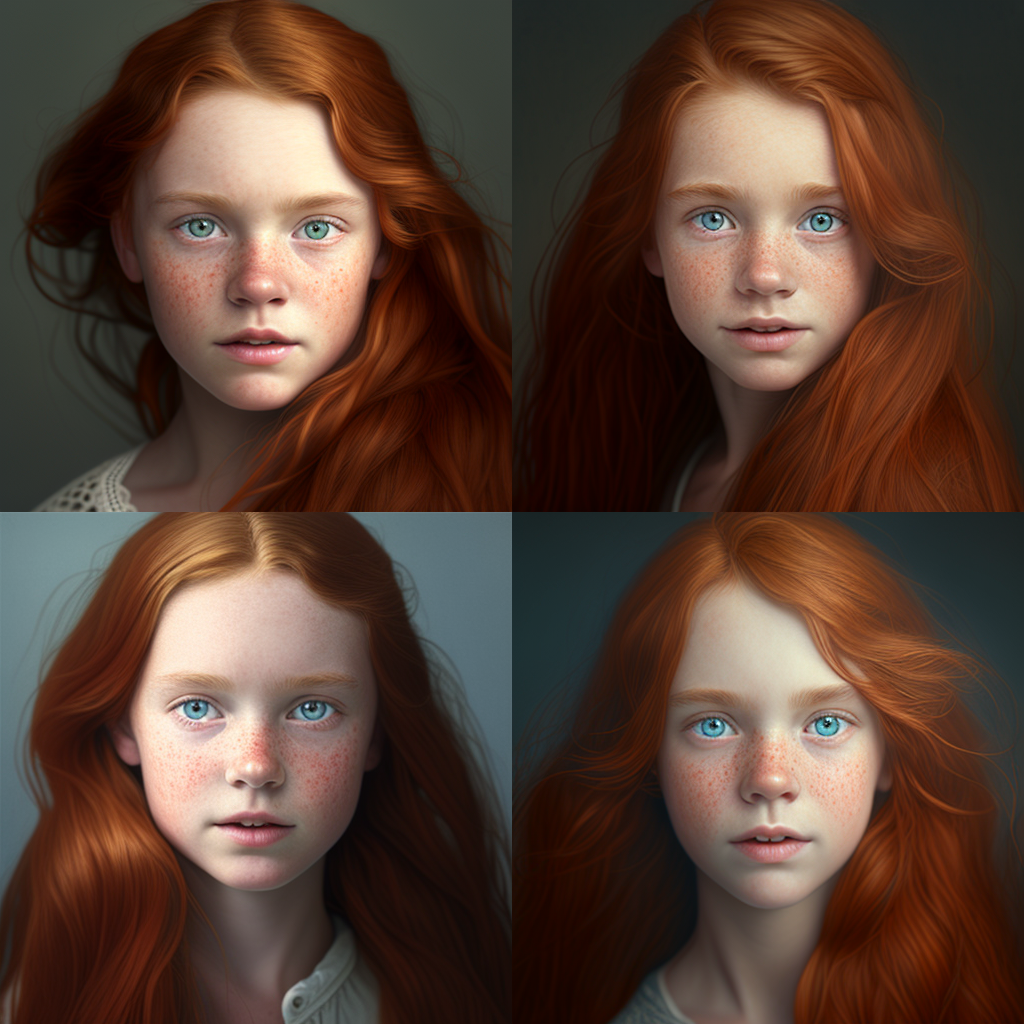
Remember NFTs? No, we barely do either. As quickly as they exploded into the metaverse causing photographers left, right and center to start minting, they seem to have vanished without a trace.
For months it felt like all we posted about were how people sell NFTs, photographers getting backlash for selling NFTs and companies such an Instagram planning to launch its own NFT platform. But now the hype seems to have been replaced by AI technology only that looks like it's here to stay.
NFTs flopping spectacularly was almost inevitable; nothing with that much hype or buzz ever really lasts (except perhaps text messaging) and if it does, usually people understand what it is. I'm pretty sure the average Joe never really fully knew what an NFT is/was which is hardly surprising considering they're so difficult to explain. When NFTs started taking off, there was a lot of talk about the environmental impacts due to the energy-intensive process.
NFTs became mainstream almost overnight thanks to Beeples collage, The First 5,000 Days which sold for a staggering $69 million. Since then photographers, news agencies, even the founder of Twitter worked out there was money to be made from selling NFTs and just like that they were everywhere.
• Read more: What are NFTs?

Both NFTs and AI require huge amounts of electricity to power the computers that run blockchain technology and machine learning. Since both mostly use non-renewable energy, both practices have a significant carbon footprint that is easy to forget about. Last year it was reported that a single NFT transaction has a carbon footprint of around 48kg CO2 - that's the same as driving 142km in a small, petrol car. In 2022, just under 10 million adults in the US traded NFTs (which means minted and sold) so that's a lot of car trips and the rest of the world hasn't even been taken into consideration.
AI and NFTs might be two very different things but both exist within the metaverse and share many similar concerns including carbon emissions. According to a technology review, the global tech sector is responsible for 1.8 - 3.9% of global greenhouse gas emissions. Even though AI's carbon emissions make up a tiny percentage of the total, it's still very high for a single sector within the tech industry and it's only likely to get bigger.

Just six months ago very few people had access to AI generator sites but now they're free for anyone to use (although you might need to buy extra credits or a subscription if you use it a lot) and the volume of content being output every day is astronomical. DALL-E•2 has now removed its waitlist and by September 2022 Open AI reported it was outputting some 2 million images every day. You only have to be on Midjourney for a short time to experience how fast content is created - it takes just 2 minutes to generate several different versions and an upscaled, high res version of your prompt. With so many different channels and thousands of creators, I can't begin to comprehend what the photo output per minute would be.
Advances in AI are being made daily, machine learning is getting more intelligent and the rate at which content is being created is increasing exponentially. It's easy to get wrapped up in how new and exciting AI is but let's not forget using it has its consequences. If it's going to become normal to use AI in everyday life, we need to find ways to reduce its carbon emissions. Switching to renewable energy to power the servers and computers needed to run AI would be a huge step in the right direction.

AI could even help us to better understand weather data so we can set up renewable energy farms more efficiently but until then, we should be conscious of the environmental impacts of these ever-changing technological advances. While it's fun to push the limits of your imagination with text-to-image generators or find out just how convincing Chat GPT can be, it isn't totally guilt-free fun. Masses of data processing required huge amounts of energy and until we can run these data centers entirely on renewable energy, your creations have a carbon footprint.







